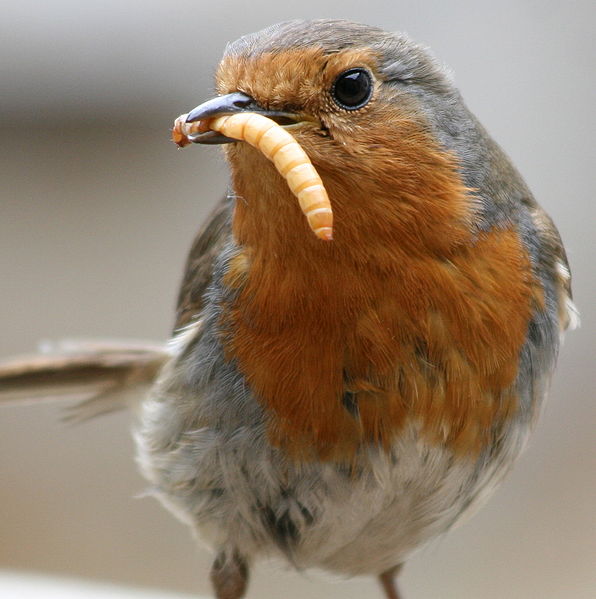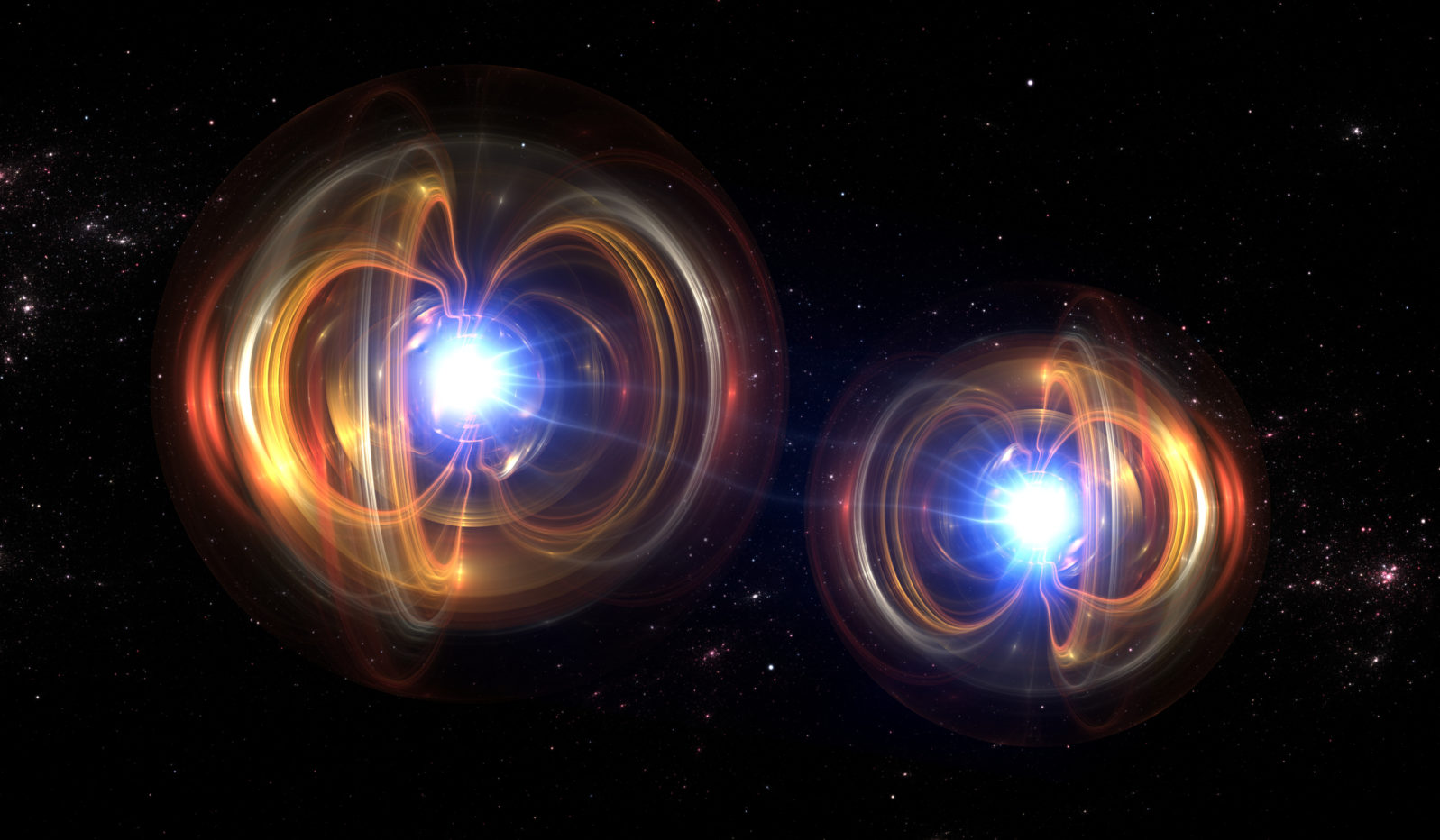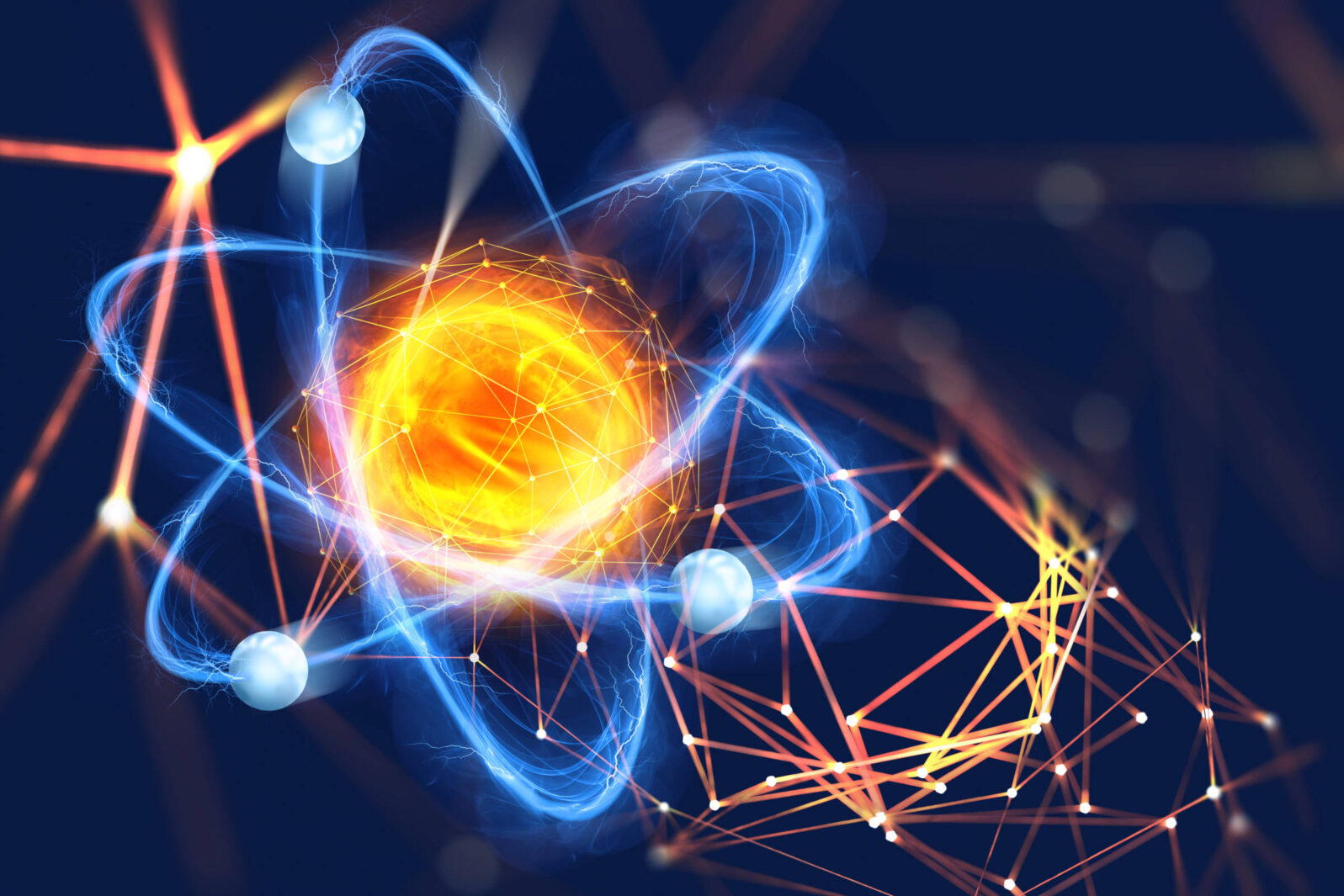Physicist: Migrating Birds’ Mysterious Quantum Sense Is “Spooky”
Birds like the European robin pack a $10,000 lock-in amplifier into a 2 micron cellEarlier this year, the night-migratory European robin (Erithacus rubecola) made the headlines. Evidence has emerged that it may be using quantum mechanical effects to sense Earth’s magnetic field in order to migrate.
Few expected to find quantum mechanical manipulation in the eye of a bird. Zoologist Eric Warrant, who was not involved in the research, says, that magnetic direction sensing is “the last sense we know, effectually, nothing about.” But this mysterious intelligence appears essential to migration, and hence, to the survival of many birds. So how, exactly, do they do it?

Humans perceive the world around them with five senses — vision, hearing, taste, smell and touch. Many other animals are also able to sense the Earth’s magnetic field. For some time, a collaboration of biologists, chemists and physicists centred at the Universities of Oldenburg (Germany) and Oxford (UK) have been gathering evidence suggesting that the magnetic sense of migratory birds such as European robins is based on a specific light-sensitive protein in the eye. In the current edition of the journal Nature, this team demonstrate that the protein cryptochrome 4, found in birds’ retinas, is sensitive to magnetic fields and could well be the long-sought magnetic sensor…
Hore says “if we can prove that cryptochrome 4 is the magnetic sensor we will have demonstrated a fundamentally quantum mechanism that makes animals sensitive to environmental stimuli a million times weaker than previously thought possible.”
University of Oldenburg, “Mechanism of magnetic sensing in birds” at ScienceDaily (June 23, 2021) The paper requires a subscription.
That might explain the precision of migrating birds, returning to a precise spot year after year.
Warrant says that one barrier to research on quantum magnetosensing, first proposed thirty years ago, was that the hypothesis was first put forward by a physicist and most biologists weren’t in touch with the physics concepts. However, the team that zeroed in on the magnetosensing mechanism includes members from both disciplines.
The challenge, says study co-author Henrik Mouritsen, was to produce cryptochrome molecules in a beaker because it is impractical to study them inside the eye of a living bird. But they succeeded:
Henrik: Now it’s not a hypothesis that this molecule is magnetically sensitive. We can see that it’s magnetically sensitive.
V/O: The team were also curious how cryptochrome proteins compared between birds that migrate and birds that don’t.
Henrik: We then also made cryptochromes from an extreme non-migratory bird – basically the chicken. And it looks like the cryptochrome-4 from the migratory birds are significantly more magnetically sensitive than the same molecule from a chicken.
How quantum mechanics help birds find their way (video, 04:10–4:34 min), Nature, June 23, 2021
The researchers also speculate that, because the processing is done in the bird’s visual field, birds may actually see Earth’s magnetic field — perhaps as a shadow imposed over an aerial view.

How do physicists think it actually works?
Quantum entanglement dictates that if two electrons are created at the same time, the pair will be “entangled” so that whatever happens to one particle affects the other. Otherwise, it would violate fundamental laws of physics.
The two particles remain entangled even when separated by vast distances.
So if one particle is spin-up, the other must be spin-down, but what’s mind-boggling is that neither will have a spin until they’re measured.
That means that not only will you not know what the spin of the electron is until you measure it, but that the actual act of measuring the spin will make it spin-up or spin -own.
As difficult as entanglement is to believe, as well as understand, it is a well established property of quantum mechanics. And some physicists are suggesting that birds and other animals might be using the effect to see and navigate Earth’s magnetic fields.
The process could work via light-triggered interactions on a chemical in bird’s eyes.
American Association of Physicists, “Migration via quantum mechanics” at PhysicsCentral
How does the sensing system pick up these magnetic fields?
We already know that spin is significantly affected by magnetic fields. Arrange electrons in the right way around an atom, and collect enough of them together in one place, and the resulting mass of material can be made to move using nothing more than a weak magnetic field like the one that surrounds our planet.
Mike McCrae, “Birds Have a Mysterious ‘Quantum Sense’. For The First Time, Scientists Saw It in Action” at ScienceAlert (January 8, 2021)
While this finding is a significant step forward in understanding ways birds might migrate vast distances without getting lost (a “spectacular piece of science,” as Warrant puts it), the researchers have not yet worked with living birds. Thus they cannot definitively say that the cryptochrome 4 protein molecule is the critical ingredient in magnetosensing — only that it is a very promising candidate.
Experimental physicist Rob Sheldon offers Mind Matters News some further thoughts on what, exactly, the researchers did and the larger significance of their find:

Magnetic effects are so small, the molecule needs to be in a very fragile “excited” state to sense the magnetic field. It is thought that the “cytochrome” molecule gets excited by blue light, and in the excited state, magnetic fields preferentially cause it to de-excite in a certain direction.
They tested this in the lab, by coupling the cytochrome to a fluorescing or glowing molecule, shining a dim blue light on the cell, and watch it glow. Then when they passed a magnetic field over the cell, the glow was dimmed, proving that the cytochrome molecule was doing something in response to magnetic field.
Since this sensing is happening at the level of electron spins and excitation, it is an inherently QM [quantum mechanical] effect, hence the title of the article.
This isn’t spooky, and isn’t unusual. Lots of molecules have QM effects. Most of the odor receptors in your nose employ QM effects to identify odorants. Chlorophyll that makes leaves green absorbs light through a QM cascade of electrons. And of course, when the rods & cones in your retina sense photons, it is a QM effect.
What makes the magnetic QM effect so unusual, is that magnetic fields are perhaps 1000 times smaller than the other QM effects I mentioned. So the system has to detect a very weak signal-to-noise-ratio (SNR).
In the lab, we often use difference circuits that are modulated by a frequency and the result is integrated. The difference knocks out the common signal, so its called common mode rejection. The modulation averages over the noise, where real noise always has a zero sum. Then SNR can be boosted by factors of 1000 to 1,000,000, and somehow that is happening in a single cell. That’s the part that is spooky. Packing a $10,000 lock-in amplifier into a 2 micron cell.
Some birds are naturally very intelligent — the New Zealand crow, for example — but in this case, the birds with remarkable perception have access to magnetosensing, a sense we are only beginning to understand.
You may also wish to read:
We knew crows were smart but they turn out to be even smarter. We are only beginning to scratch the surface of the mysteries of animal intelligence. Questions abound: How did crows come to be smart when other birds did not? Most birds would survive better if they were smarter but that doesn’t make it happen.
Do birds really understand what they are saying? Remarkable claims are made for some birds. To understand what they are saying, birds would need to understand abstractions; it’s not clear that they can.
